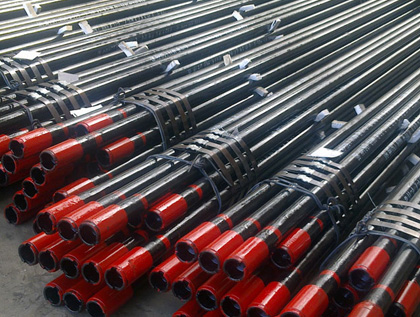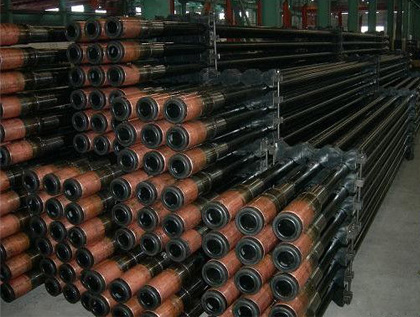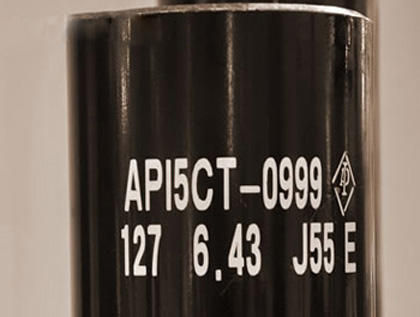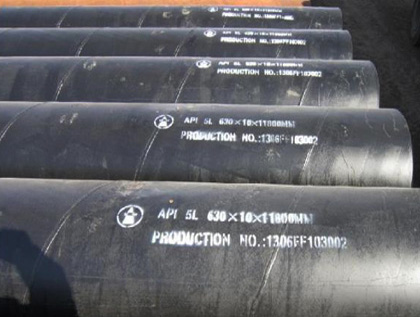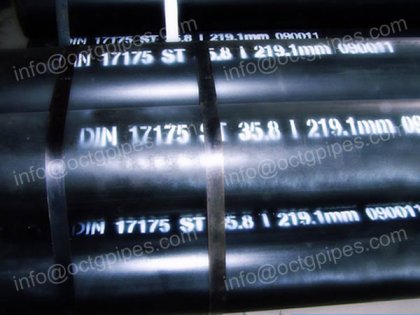carbon steel pipe tubing
It is well-known that carbon steel tubing is broadly used in transporting fluids, natural gas and oil in a variety of pneumatic, hydraulic and process applications.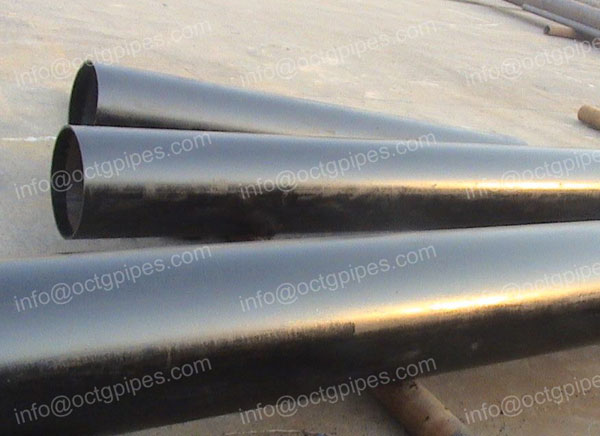
Carbon steel pipe tubing is usually cylindrical shape, sometimes also round, rectangular or square cross sections. Carbon steel tubing is specified in terms of outside diameter depending on the material of construction either rigid or flexible. There are several basic types of steel pipes. For instance, metal tubes are made from aluminum, brass, bronze, copper, steel, stainless steel and precious metals. Rubber tubes are made from natural compounds such as polyisoprene or synthetic materials; Electrical tubing is designed to contain wires and minimize the risks posed by electrical hazards. Mechanical tubing includes stronger cross-sections and is designed for structural applications. Medical tubing is usually sterilized and relatively small in diameter.
How to choose steel tube? It requires an analysis of dimensions, performance specifications, opacity, finish and temper. Inside diameter is the longest inside measurement of the tubes; Outside diameter is the longest outside measurement of a tube; Wall thickness is an important factor to consider. Performance specifications for industrial tubes includes pressure rating, maximum vacuum, maximum bend radius and temperature range. According to opacity, some tubes are clear or tanslucent; Some tubes are solid or multi-colored. Polishing or pickling imparts a bright finish. Galvanized tubes are coated with zinc for improving corrosion resistance. Painting, coating and plating are the common finishing techniques. Annealing can improve machinability by removing mechanical stress and altering ductility. Half hard tubes are produced to Rockwell hardness range of 70 to 85 on the B scale for steel. Full hard tubes are fabricated to a Rockwell hardness of 84 and higher on the same scale.
While carbon steel pipe tubing is different according to features, applications and materials transported. Some carbon steel tubes are coiled, conductive, corrugated, explosion proof, finned, multi-element or multi-layered. Other tubes are reinforced, spark resistant, sterilized, seamless, welded or cold drawn. General purpose tubing is suitable for a variety of applications. Depending on the applications, industrial pipes are used to transport coolants, hydraulic fluid, salt water, slurries, or water. Slurry tubing is rated to resist the abrasion associated with transport.
Get In Touch


